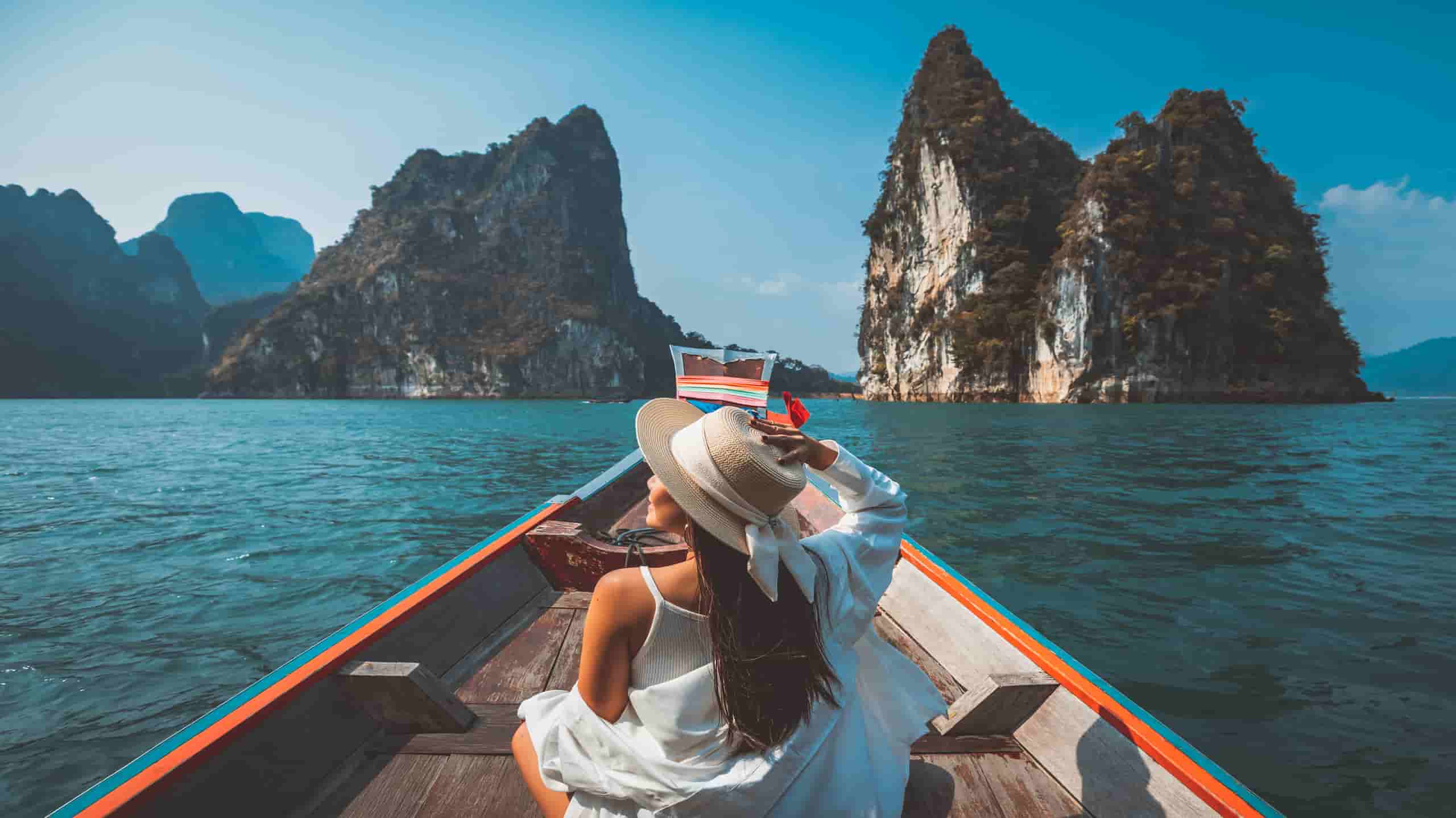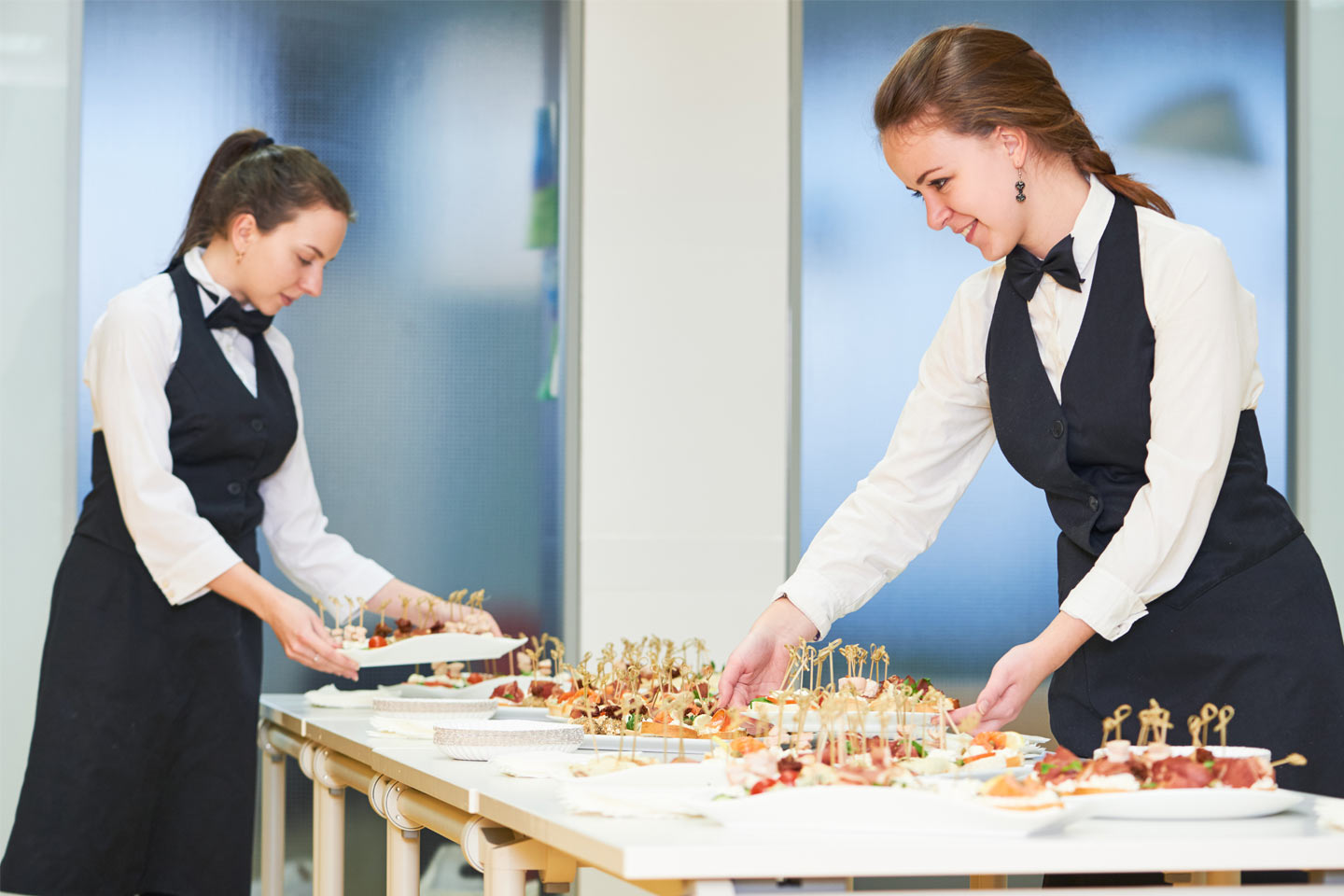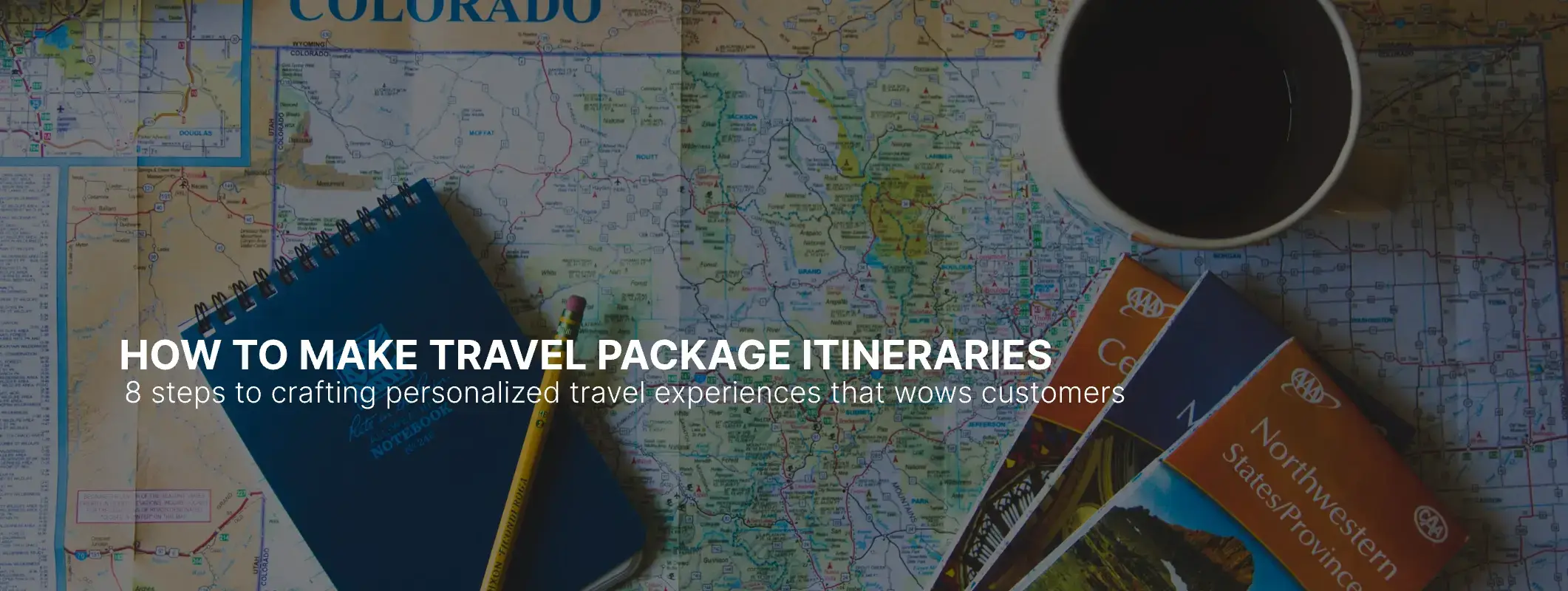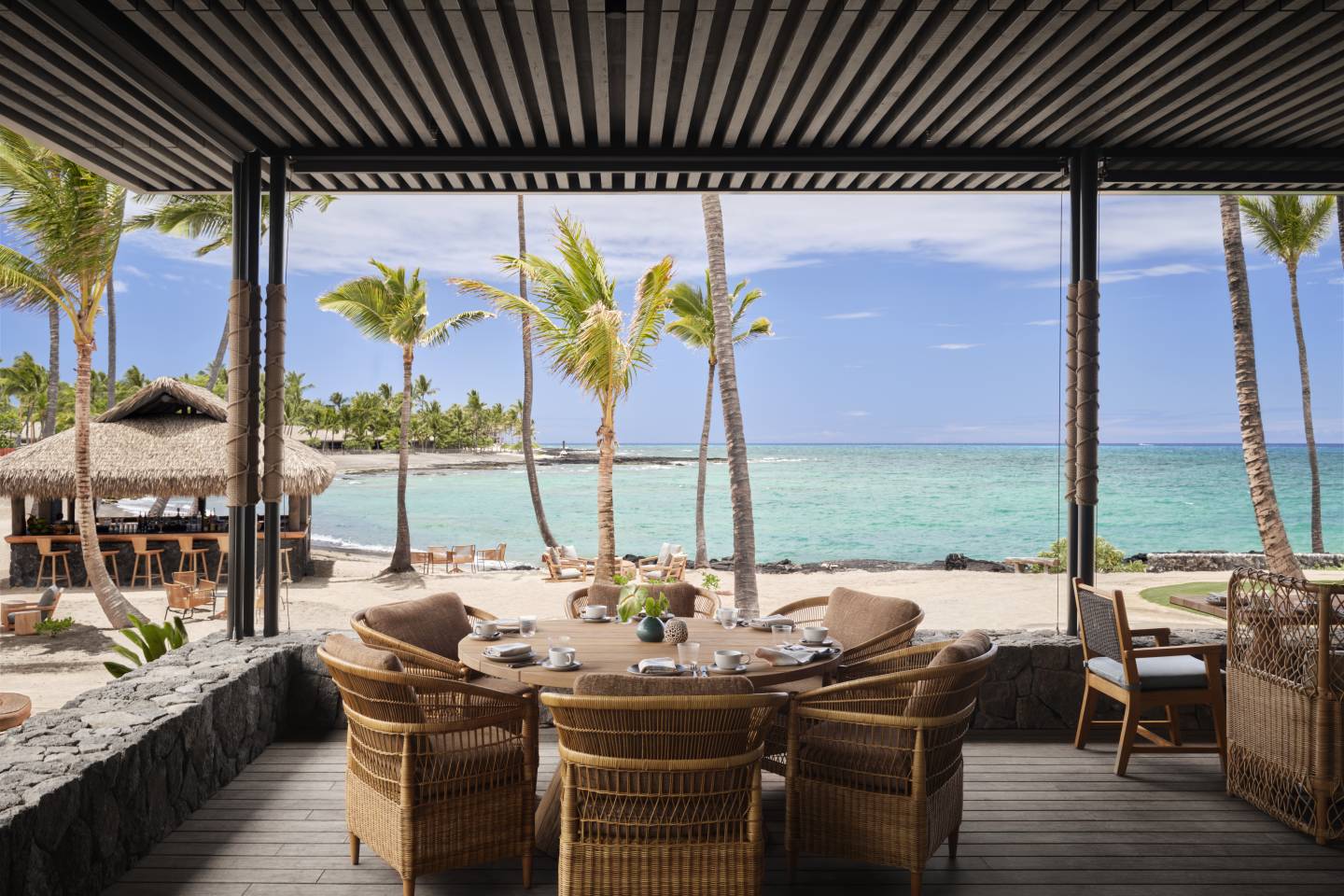The Role of Local Culture in Destination Planning for Unique Tourist Itineraries

Understanding Local Culture’s Role in Tourism
Understanding the importance of local culture in tourism is crucial for destination planners aiming to craft memorable itineraries. When travelers seek unique experiences, they often look for more than just landmarks. They are drawn to the stories, traditions, and lifestyles that each destination has to offer. This deeper engagement not only enriches their travel experience but also fosters genuine connections with the places they visit.
Integrating local culture can transform the ordinary into the extraordinary. Here are some key elements to consider to enhance the tourist experience:
- Culinary Experiences: Local food tours showcase regional flavors and cooking traditions. For instance, a culinary excursion in New Orleans might involve sampling gumbo, po’ boys, and beignets while learning about the city’s Creole culture. Such experiences allow travelers to taste the vibrancy of local ingredients and dishes that reflect the community’s history and geographic heritage.
- Cultural Festivals: Engaging in local celebrations allows travelers to immerse themselves in the community. Events like the Albuquerque International Balloon Fiesta or the Smithsonian Folklife Festival in Washington, D.C., not only offer visual delight but also provide insight into the cultural fabric of these places. Travelers can witness traditional music, dance, and art forms, connecting them with the local populace on a deeper emotional level.
- Art and Craft: Workshops led by local artisans provide insight into traditional crafts. A pottery workshop in Santa Fe, New Mexico, for example, not only teaches visitors about the ancient techniques used by Pueblo tribes but also invites them to appreciate the artistry that has been passed down through generations. By creating something with their own hands, travelers take home a tangible memory of their cultural exchange.
Incorporating these elements not only enhances the tourist experience but also promotes sustainability. By highlighting local culture, destinations can:
- Support local economies through tourism. Engaging visitors in culturally rich experiences can lead to a significant boost in income for local vendors and artisans.
- Encourage cultural exchange and understanding. When travelers interact with locals, they are more likely to foster mutual respect, breaking down stereotypes and enhancing community interactions.
- Foster community involvement in tourism planning. Involving locals in the tourism process ensures that their voices are heard, preserving their heritage and promoting tourism that benefits all stakeholders.
As travelers increasingly seek authentic experiences, the role of local culture in destination planning becomes even more significant. Understanding these dynamics can lead to itineraries that are not only unique but also culturally enriching. This approach ensures that every trip mirrors the destination’s heart and soul, proving that tourism can be a powerful conduit for cultural appreciation while contributing to a more sustainable future.
DIVE DEEPER: Click here to discover more about eco-friendly travel

Incorporating Cultural Elements in Unique Itineraries
As destination planners strive to create unique tourist itineraries, the integration of local culture plays a pivotal role in determining how memorable and immersive a travel experience can be. By considering the cultural nuances of a locality, planners can design itineraries that resonate with visitors on a personal and emotional level. This ethos not only captivates tourists but also elevates the significance of local traditions and practices.
One of the most impactful methods to weave local culture into tourism planning is through the selection of authentic lodging options. Travelers are increasingly seeking accommodations that reflect the essence of the area they are visiting. Rather than generic hotels, unique stays such as bed-and-breakfasts, eco-lodges, or historic inns can provide insights into local customs, architecture, and hospitality. A stay in a family-run inn in Vermont can introduce guests to homemade maple syrup production and local agricultural practices, enriching their understanding of the region.
Moreover, collaborative partnerships with local communities can lead to a diverse array of unique experiences that highlight the cultural heartbeat of a destination. Here are a few ways this collaboration can manifest:
- Guided Community Tours: Engaging locals as tour guides allows tourists to see their surroundings through the eyes of those who call it home. These guides can share personal stories, explain historical contexts, and impart local legends that enhance the travel narrative.
- Interactive Cultural Workshops: Enabling visitors to participate in local crafts, dance, or music can yield a deeper appreciation for a community’s artistic expressions. For instance, partaking in a traditional Native American drumming circle not only entertains but also educates travelers about cultural significance and communal heritage.
- Volunteer Opportunities: Providing travelers with options to volunteer in local projects can foster a sense of connection and responsibility. This could range from participating in environmental clean-ups in coastal towns to working with underprivileged communities, ultimately creating lasting bonds and positive change.
Data suggests that travelers are more likely to choose destinations that offer immersive cultural experiences. According to a recent study by the US Travel Association, 72% of American tourists indicate that experiencing local culture is either very important or extremely important when planning their trips. This trend underscores the necessity for destination planners to prioritize cultural engagement in their itineraries.
By recognizing the rich tapestry of local culture, destination planners can craft itineraries that go beyond the surface level. This approach not only meets the growing demand for authentic experiences but also allows local communities to thrive economically and socially. In turn, the reciprocal relationship between tourists and locals helps preserve cultural integrity, making cultural tourism a sustainable venture that benefits everyone involved.
The Role of Local Culture in Destination Planning for Unique Tourist Itineraries
As travel becomes increasingly accessible, tourists are consistently seeking not just places to visit, but authentic experiences that resonate with local culture. Understanding the nuances of local traditions, customs, and arts significantly enhances the itinerary planning process. This enables travelers to form deeper connections with their chosen destinations.
| Cultural Insight | Impact on Itinerary |
|---|---|
| Community Engagement | Incorporating local festivals and events creates meaningful interactions. |
| Culinary Diversity | Highlighting indigenous cuisines enriches the travel experience, showcasing local flavors. |
Furthermore, the integration of local artists and craftsmanship into itineraries can provide a unique understanding of the destination’s heritage. Involving the community not only boosts local economies but also offers tourists an authentic glimpse into the cultural heartbeat of the area. This holistic approach to itinerary planning underlines the significance of culture and ensures a unique travel experience that transcends conventional tourism.
Destinations that prioritize sustainable tourism through cultural preservation allow travelers to contribute positively, fostering relationships that last beyond fleeting visits. Engaging with local culture leads to itineraries that celebrate rich histories and diverse narratives, inviting travelers to explore destinations in a multifaceted and impactful way.
DISCOVER MORE: Click here for budget tips that enhance your travel experience
Enhancing Tourist Engagement through Cultural Experiences
In the quest for unique tourist itineraries, enhancing engagement through local culture emerges as an essential element. Cultural experiences serve not only as attractions but as gateways to deeper connections between travelers and destinations. Visitors who immerse themselves in cultural activities often leave with not just memories, but insights that foster a sense of understanding and respect for the communities they visit.
One effective way to deepen engagement is by incorporating culinary experiences into itineraries. Food is an intrinsic component of culture and can act as a flavorful introduction to a destination’s heritage. For instance, tourists in New Orleans may find themselves participating in a cooking class where they learn to prepare classic dishes like gumbo or jambalaya—dishes that tell the story of the city’s Creole and Cajun roots. These culinary immersions go beyond mere cooking; they allow visitors to engage with local history, geography, and community stories through the medium of food.
Furthermore, local festivals and events provide opportunities for planners to showcase the vibrant culture of a destination. Festivals can highlight everything from music and dance to arts and crafts, giving tourists an unforgettable experience steeped in tradition. For example, the Albuquerque International Balloon Fiesta not only showcases stunning hot air balloons but also features local music, food, and cultural exhibits. Such events blend tourism with celebration, allowing visitors to witness and participate in the local way of life.
The integration of traditional performance art into tourist itineraries also enhances cultural richness. Engaging performances such as traditional folk dances, theater, or musical shows allow travelers to witness the artistic expressions that define a culture. A visitor at a Hawaiian luau, for example, experiences not just the entertainment of hula dancing but also learns about its significance, including aspects of storytelling and community values prevalent in Hawaiian society.
One important trend emerging in cultural tourism is the rise of experiential travel, where activities are designed to engage all the senses. Instead of simply observing, tourists participate actively—be it through crafting local art, participating in conservation efforts, or joining in on traditional ceremonies. This active engagement allows travelers to become part of the narrative, creating a more memorable trip. The U.S. National Park Service, for instance, frequently offers programs where visitors can participate in local ecology studies, thus fostering a sense of stewardship towards the natural and cultural heritage of the area.
The presence of technology has also transformed how local culture is integrated into tourism. Augmented reality (AR) and virtual reality (VR) experiences enable tourists to connect with local history in more interactive ways. For instance, AR applications in cities like Boston provide historical overlays that allow travelers to see past events unfold right in front of them, deepening their appreciation of the local culture.
As destination planners continue to create unique tourist itineraries, understanding the importance of cultural elements is paramount. By providing rich, immersive cultural experiences, planners not only attract tourists but also contribute to the preservation and celebration of local cultures, ensuring that these stories are told and shared for generations to come.
DISCOVER MORE: Click here for essential budgeting tips for your trip
Conclusion: The Vital Connection Between Local Culture and Tourism
In conclusion, the inclusion of local culture in destination planning plays a pivotal role in crafting unique tourist itineraries that resonate with today’s travelers. By prioritizing cultural experiences, tourism planners not only enrich visitor engagement but also foster a meaningful connection between tourists and the destinations they explore. As seen in examples like culinary adventures in New Orleans or vibrant festivals in Albuquerque, these cultural elements provide tourists with invaluable insights into the traditions and histories that shape communities.
Moreover, the rise of experiential travel highlights a shift from passive observation to active participation, allowing travelers to immerse themselves in authentic local practices. Whether through traditional performances or hands-on workshops, these experiences cultivate a deeper appreciation for cultural heritage and foster stewardship of local resources. The integration of innovative technologies such as augmented reality and virtual reality further enhances this connection, offering layers of engagement that can transform ordinary tours into unforgettable journeys.
As we move forward into a new era of tourism, it is crucial for destination planners to focus on preserving local cultures while meeting the evolving expectations of travelers. Emphasizing authentic cultural experiences not only drives tourism revenue but also safeguards the legacies of diverse communities for future generations. In this way, local culture becomes not just a component of travel, but the very heart of it, laying the groundwork for a more sustainable and enriching tourism landscape for years to come.


